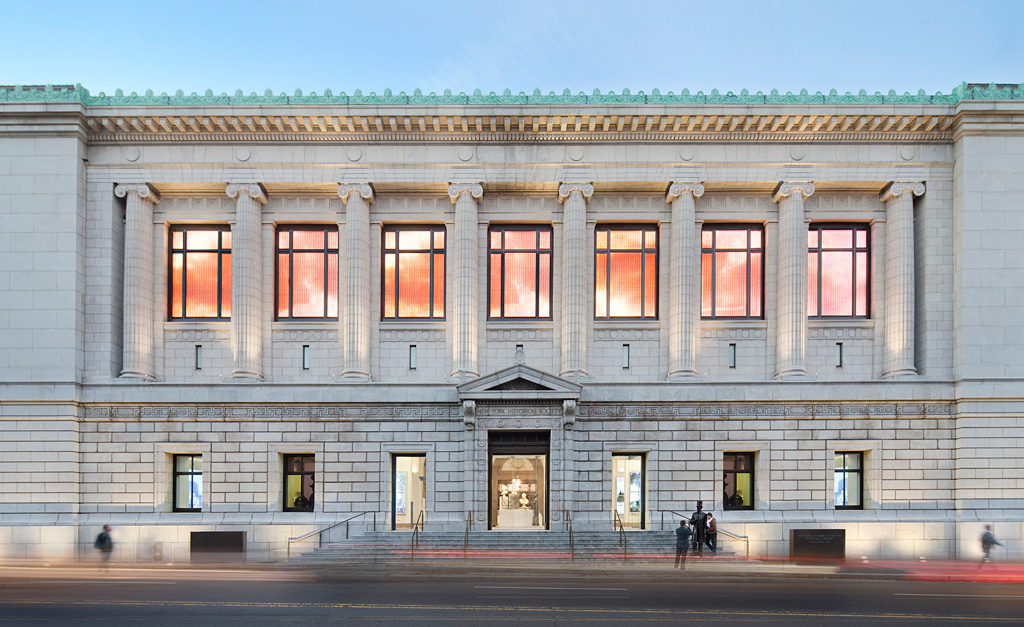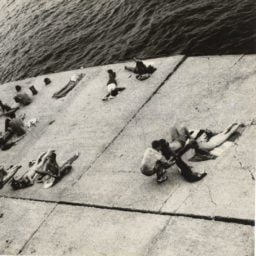The New-York Historical Society will launch a new exhibition program dedicated to exploring the experience of historically marginalized groups in the United States. Beginning in the fall, the museum’s exhibition schedule will shift towards a series of shows highlighting African American history, from slavery to the civil rights movement to the struggle for equality that persists today.
“We see evidence of the persistence of the legacy of slavery and the persistence of the legacy of the infringement of rights of African Americans every day,” NYHS president and CEO Dr. Louise Mirrer told artnet News. “We thought we should dedicate ourselves to tell this story throughout our building on a more permanent basis.”
The inaugural show, “Black Citizenship in the Age of Jim Crow,” opens in September. It will focus on the 50 years following the end of the Civil War and the emergence of Jim Crow laws which codified and mandated racial segregation in the Southern United States.
Curators Dr. Marci Reaven and Lily Wong are assembling a chronologically organized exhibition of art, artifacts, and photographs. The show, they say, has two aims: to illustrate the vast scale of institutional opposition to black advancement in the Jim Crow era and to trace how African Americans fought to win their rights in the face of that opposition.
Alongside the show, NYHS is organizing a number of film screenings and historical talks featuring leading black history scholars to discuss and lecture about the topics examined in the exhibition.
To realize the program, NYHS secured a $4 million grant from New York City Council, in addition to $6 million from individual donors and a $1 million grant from New York State (which is still being negotiated). The $11 million fundraising effort will allocate money to both museum renovations and exhibition planning over the next five years.
As part of the multi-year program, future NYHS shows will focus on other historically marginalized groups. New York’s gay community, for instance, will be the subject a special exhibition next summer to mark the 50th anniversary of the Stonewall demonstrations of 1969.
At a time when immigration is dominating the national conversation and is the subject of fierce political debate, “our program will be focused on citizenship and who can be an American,” Mirrer said. “We have a history in this country of amplifying the definition of who can be an American, and that has happened progressively in our constitution. We’ve seen a broadening of the definition of who can be an American, and we ought to understand why our forbearers thought it was important to extend the definition as broadly as it has been.”







